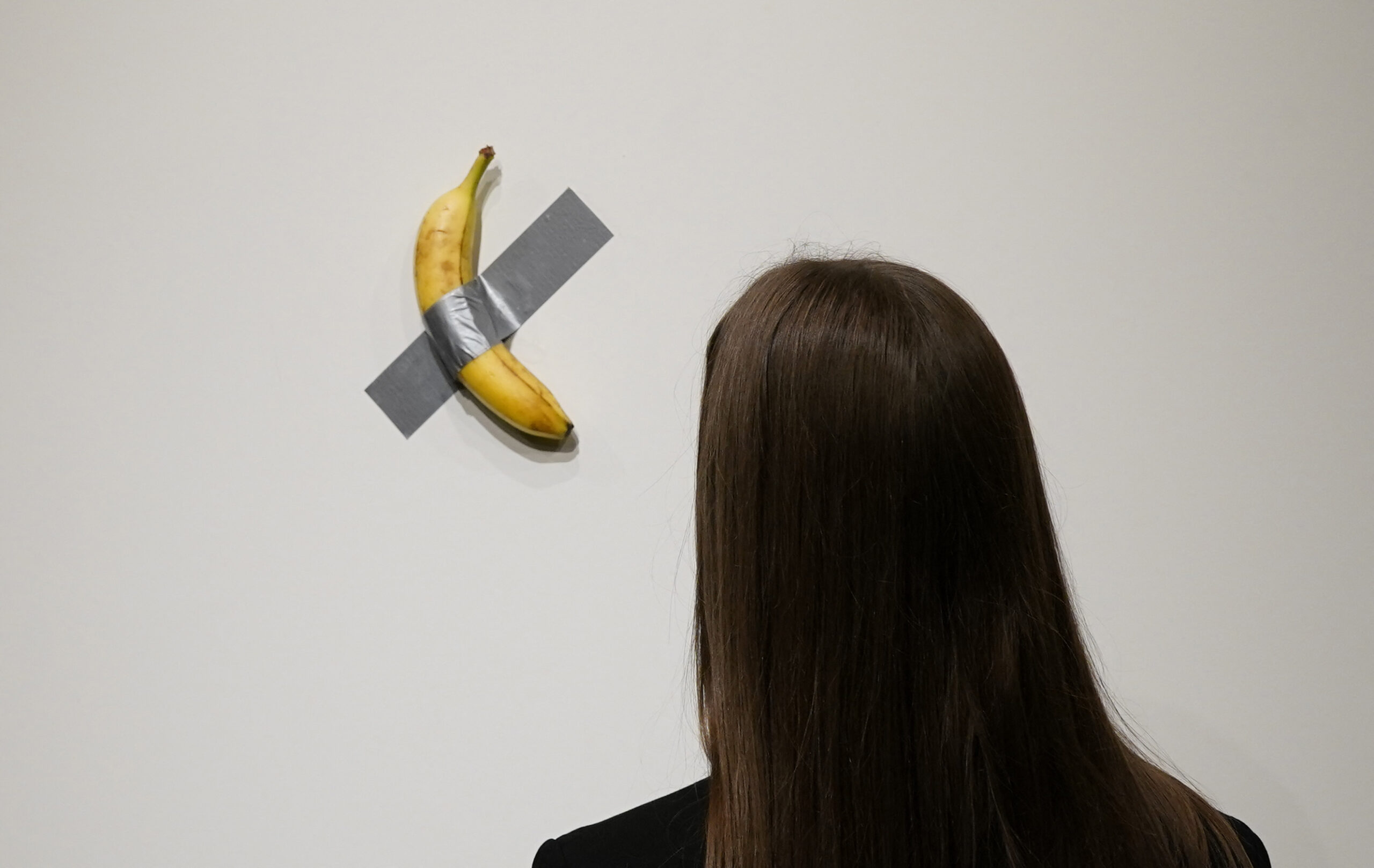In the government’s relentless war against the poor man’s drug, “shabu” (methamphetamine hydrochloride), another class of drug catering mainly to moneyed Filipino youth has not been given sufficient attention, and could soon burst out of control, just like shabu.
I refer to the growing popularity of the use of a relatively new psychoactive or psychedelic drug called Ayahuasca, or “vine of the soul.”
Although new to us, it has been used by shamans or medicine men of North America, Mexico and South America for over a thousand years.
I found out only recently that this hallucinogenic drug was already in the Philippines when I got a series of text messages from a 22-year-old former student of mine who was given a psychoactive or psychotropic drug during a social gathering.
She asked if I had had experience involving people on “a plant-based psychedelic drug where they mostly felt being one with the universe and everything else? They say they experience everything, their senses become multifunctional, they see the oneness and connection of everything, even life-after-death experience.”
She said she didn’t know why it was dangerous since it came from nature and the compound of that drug could be found as well in the human body.
I became alarmed that she had been introduced to this drug. So I probed. She revealed that her companions put something in her drink which she was told came from a mushroom.
I told her that Ayahuasca was not a mushroom. The psychedelic mushrooms were peyote and San Pedro, which were used by Mexican shamans during religious ceremonies. The main component of these mushrooms was mescaline, a hallucinogenic chemical.
Difficulty of breathing
She said she took the “mushroom,” not knowing what it was. It made her feel weird. “That mushroom led me to experience what near-death is all about. I knew I was hallucinating. Everything morphed. I experienced difficulty breathing. I had to check myself and my way of thinking.”
“I experienced full functioning of my senses, my connection with the earth. My ears became very sensitive to sound. The TV was morphing, the colors of the paintings on the wall became so vivid. I couldn’t breathe. What came after that was like going into different dimensions. And it was happening very fast. It is difficult to describe.”
“It is true that this drug must be taken when there is a guide; if not, it can cause insanity. The good thing is that I got out of it alive. I could recall everything that happened, from beginning to end. It’s like your brain is so full, it feels like burning.”
Another former student told me she had a client who took Ayahuasca, but “she had many negative attachments, was extremely fearful and had major trust issues. Whatever that journey was, it damages the personalities of these people.”
Shortly afterwards, I got the following e-mail from a stranger:
“You may not know me, but we have a common friend. Before I start, I would like to ask if you have any idea about Ayahuasca (vine of the soul)?
“I know you are the right person to discuss this with, and it’s not just me who’s gone to other realms, so I’ll leave it like this for now.”
I replied: “Yes, I know about Ayahuasca, which is really a brew of cocktail drugs, the main ingredient of which is DMT (dimethyltriptamine). It is a dangerous hallucinogenic drug that is becoming very popular among Filipino youth.”
I recently met an Eastern European man promoting the use of this drug here and encouraged me to try it. I told him I didn’t want to have anything to do with any drug that affected the brain in this manner.
There are natural means of getting the same results that Ayahuasca users claim to have, like going into different dimensions, meeting astral beings, etc. But there could be permanent damage to the nervous system we might not be aware of.
Psychoactive
Apparently, this letter writer is a user of Ayahuasca because he wrote back: “I respect your opinion on this matter, Sir Jaime. I also respect the shaman tradition. It was given by nature, so I respect everything created by our Mighty Creator.”
If these psychoactive drugs are used in connection with the age-old shamanic practice of healing and communion with spiritual forces under the guidance of an experienced shaman, the practice is relatively safe. But those who are promoting the use of these drugs may have very little or no training in shamanism, and therefore, its use could be very dangerous.
The main attraction of Ayahuasca, compared to other hallucinogenic or psychoactive drugs, is the imaginary experience of meeting spiritual beings, of being one with the universe, like cosmic consciousness or samadhi.
But it is a false sense of enlightenment. It is not real. Ayahuasca or DMT creates temporary psychosis. In high dosages, the drug makes one feel that he is talking to alien entities.
How do these drugs produce perception-altering effects?
“By acting on the neural circuits on the brain that use the neurotransmitter serotonin, located in the prefrontal cortex, which is involved in mood, cognition and perception, as well as other regions regulating arousal and psychological responses to stress and panic.”
I found out that there are groups in the Philippines promoting the use of Ayahuasca as a means to attain instant spiritual and mystical experiences. And they go usually to forested or mystical places to do their rituals. Young, curious individuals are the ones who usually get attracted to these sessions. They do not realize the dangers they are getting into.
In most countries, such psychoactive, hallucinogenic or psychedelic drugs are banned. I am not aware of any law involving the use of these drugs in the Philippines, but since the Philippines is a signatory to a 1971 United Nations Convention on psychoactive drugs, this is probably banned here, too.
Shamanic brew
The main ingredient of this shamanic tea or brew is a vine called Banisteriopsis caapi.
The second ingredient used in the brew is either Chacruna (Psychotria viridis) or Chagropanga (Diplopterys cabrerana), which are plants that contain a relatively high amount of the psychedelic or psychoactive drug DMT.
When ancient, indigenous spiritual practices were adopted by the modern Northern American and other Western countries, the drug was used mainly for fun—to experience ecstasy.
One effect of Ayahuasca is it makes a lot of people vomit, and many drinkers of the bitter brew suffer from diarrhea. But afterwards, they report a sense of euphoria and spiritual renewal similar to samadhi, enlightenment or cosmic consciousness. Yet it’s an artificial samadhi or fake enlightenment. There is no such thing as instant enlightenment or samadhi, unless you believe in the Biblical story of the Roman soldier Saul, a persecutor of Christians, who on the way to Damascus was struck by a blinding light, and was instantly converted to Christianity. He became a Christian crusader and changed his name to Paul, later known as St. Paul the Apostle.
Even the great Gautama Buddha took six years sitting under the Bodhi tree before he achieved Buddhahood. What more for us, ordinary mortals?
DMT works on the neurotransmitter serotonin found in the brain, but also in other parts of the body. It is theorized that the pineal gland is considered to be the seat of the third eye, where DMT is manufactured. But DMT can also be found in every mammal and in a variety of plants.
There is at least one report of fatality connected with the use of Ayahuasca. But there were also reports of sexual molestation, rape and orgies during such Ayahuasca sessions.
The internet has reported a young German woman who was raped and beaten by two men who put Ayahuasca in her drink. There were also two French citizens who died in an Ayahuasca camp. Stories also persisted about unwanted sexual advances and people losing their senses after being given a high dosage of Ayahuasca.
With the popularity of Ayahuasca in the US, Peru and Brazil, according to one report, there is also a corresponding boom in fake shamans who victimize unsuspecting foreigners and tourists.
For those who are curious to try Ayahuasca, do it at your own risk, but don’t bring anybody else with you.
E-mail [email protected] or visit www.innermindlearning.com.












































